Guest Post: Baking Is Art
The Great Blanton Bake-Off, by Dayna Evans
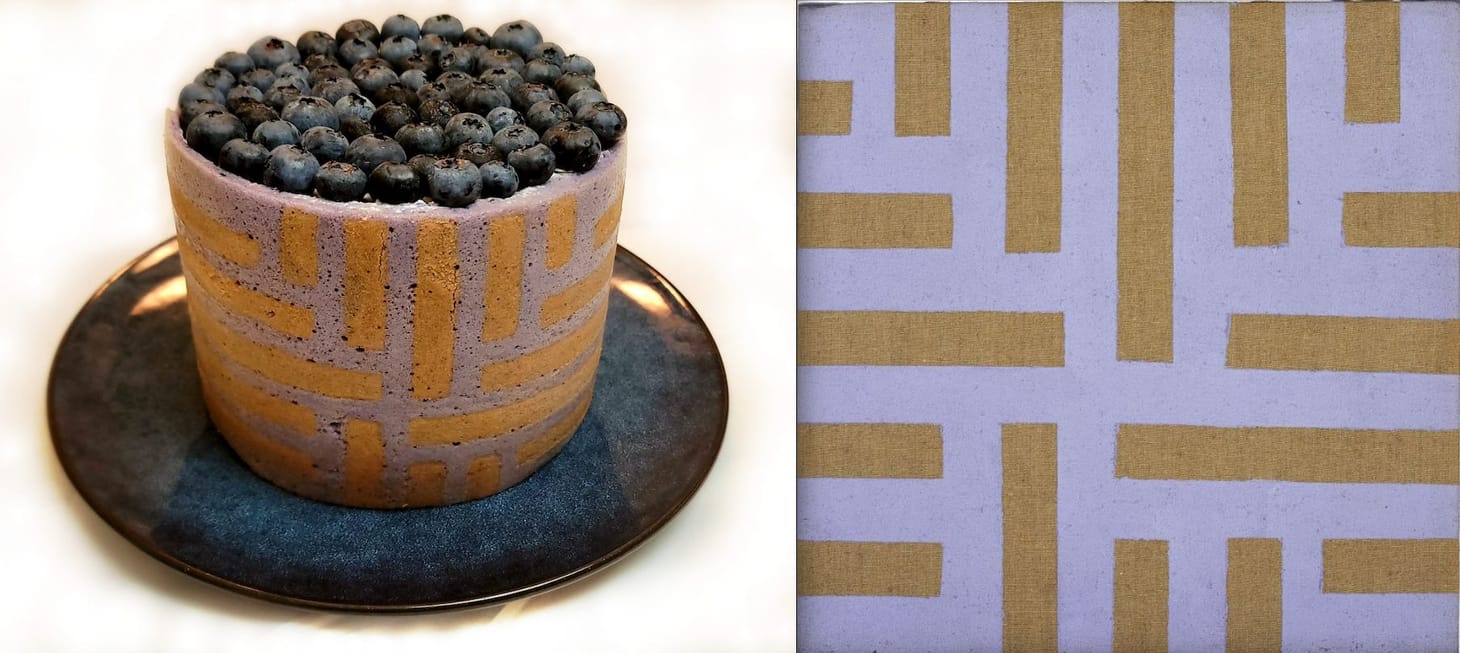
Table of Contents
On a recent Monday afternoon, when I really should have been writing, I spent upwards of three hours scrolling through 12,309 available images of artworks on the website of the Blanton Museum of Art at The University of Texas at Austin. I’m really good at wasting time, especially when I’m on deadline, but this, I reasoned, would eventually translate to time well spent. With the upcoming fourth annual Great Blanton Bake-Off about to begin, I had to pick the exact right piece of artwork to bake and not just any old reproduction or black-and-white study. It had to be something unexpected, exciting, unusual — preferably a piece of art not currently on view at the museum, to add to the intrigue. I eventually landed on a jazzy porcelain plate from the 80s by Laurinda Hope Spear that I plan to turn into a small layer cake. Picture, if you will, something structural, geometric, and elegantly decorated — I will be making the opposite of that.
The Great Blanton Bake-Off — a social media competition where bakers across the country make all kinds of delights inspired by art in the Blanton Museum’s collection — began in the early days of the pandemic, when the museum was closed to visitors. “I was trying to find ways that I could engage with our audience online and baking seemed a good segue,” Lizabel Stella, the social media and digital content manager at the Blanton Museum, said in a phone interview. “The fact people were stuck at home and looking for things to do, I thought this was a great opportunity.” Stella is both British and a fan of The Great British Baking Show, so with the museum’s collection available to browse online (there are 21,610 pieces of art in the Blanton Museum collection, 12,309 of which have searchable images to view), Stella figured a friendly baking competition would be a great way to get art lovers and novices alike into the museum virtually. Baking was on the upswing as a hobby back in 2020, so asking people with downtime at home and kids to entertain to turn a painting into a cookie turned out to be a great bet.

Four years later, the competition is still going strong: Over the years, bakers have submitted cookies inspired by the museum’s Ellsworth Kelly building Austin, cakes inspired by Luis Montiel tapestries, vegan chocolate cakes made to look like Apulian plates from 300 BC, and much more. “There are works that aren't even on view, that I've not seen,” Stella said of the more creative submissions she’s gotten. “Where did they even find that sculpture of the foot that they turned into a cake?” The advantage of having the museum’s collection available to the public, no matter where you live, is that you can get to know the museums numerous works, find pieces that inspire and excite you, all while imagining how you might turn them breads, cookies, and cakes in imaginative ways. (I recommend ignoring your real responsibilities on a Monday afternoon to do this — it rocked.) Stella encourages abstract interpretation of the works — especially since this is the rare food contest judged purely by look, not taste. “There is not a tasting element, so you only have to really win through presentation,” she said. Submissions are judged by the public on Facebook and Instagram on May 17th, 2023 under three categories: Under-18, Adult (Amateur), and Adult (Professional).
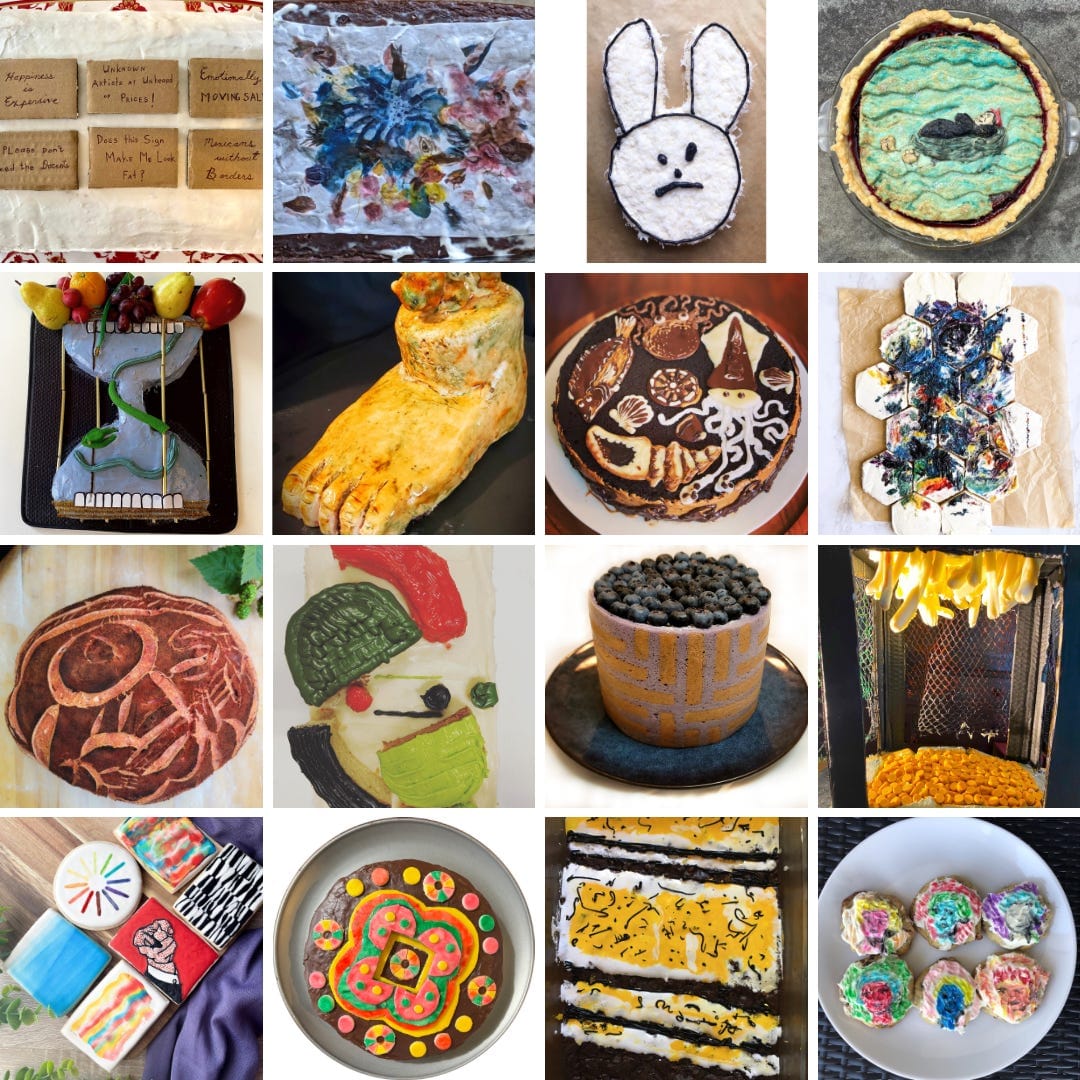
As the contest gets kicked off, the Blanton Museum is reopening its outdoor grounds for the first time in three years, with 12 tall metallic flower-like structures called The Petals. “Those petals are just begging to be made into sugar cookies with white icing,” Stella said. For those who can’t make it to the Blanton Museum to see the new grounds, as well as the current collection on view, browsing the online collection is a good next-best option. But the prize package — which includes a family museum membership and a gift card to local Austin bakery Quack's Bakery — is likely better suited for an Austin local. Not to be deterred: I’m going to be bake a cake that looks like a shoddy facsimile of this Miami porcelain plate just for the fun of it.
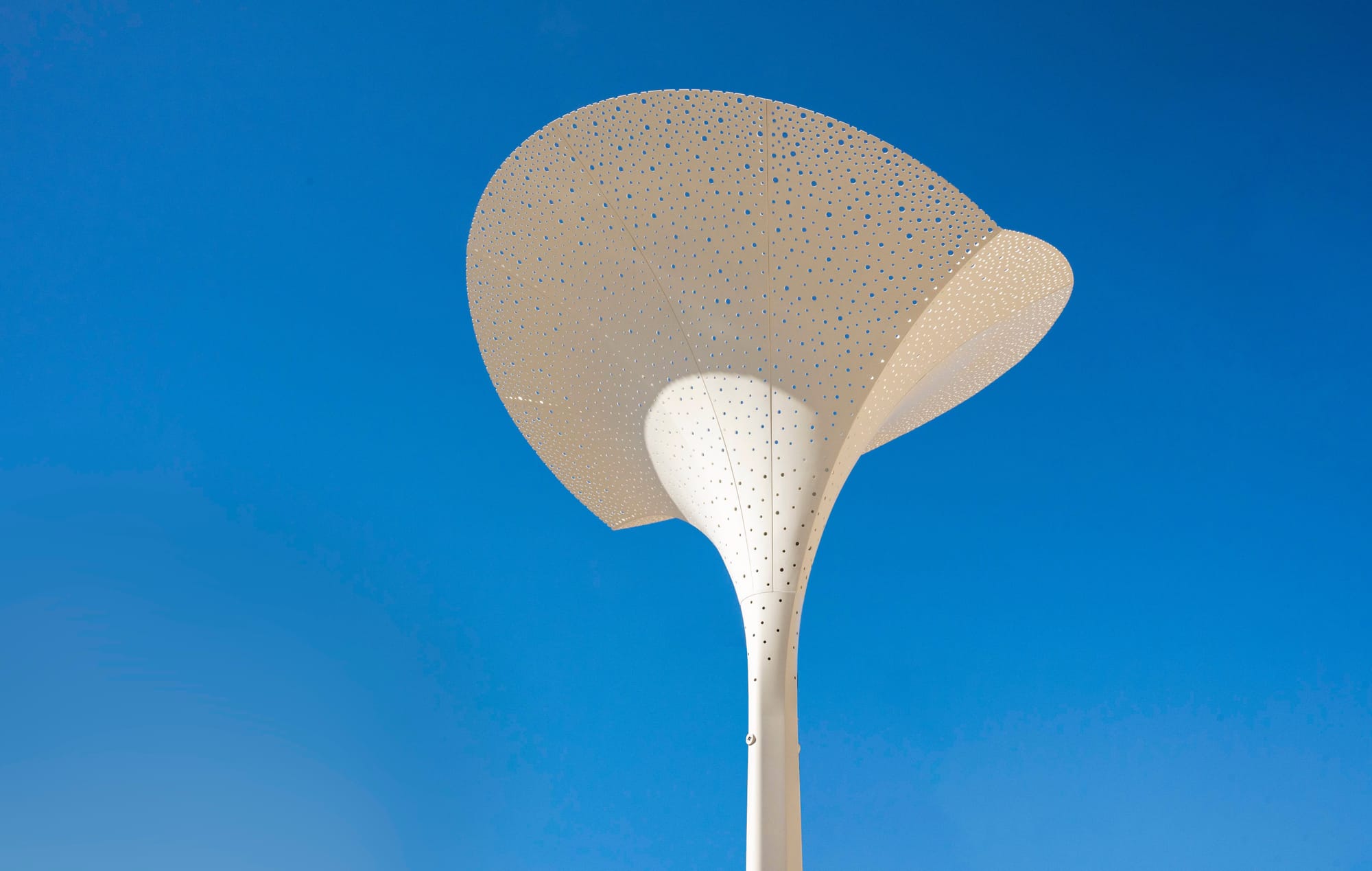
“I feel like cooking — like art-making in certain ways — is a very solitary practice that's very meditative. And it not just nourishes you visually, it's nourishing to you internally. So I think that's why cooking in general is always such an approachable subject matter, when people might feel a little bit intimidated by art,” Stella said. This contest is a nice way to link art and baking, two practices that share a lot in common, she added. “Baking is an art form in itself.”
If you do decide to submit to the contest, all contest rules and submission guidelines are here. The deadline to submit is 11:59pm CT, Tuesday, May 16, 2023 — judging begins the following day. Have you been feeling a bit uninspired with your bakes lately? Here are a few pieces that are worth imitating.
Pretzel Meteor, Nina Katchadourian, 2010
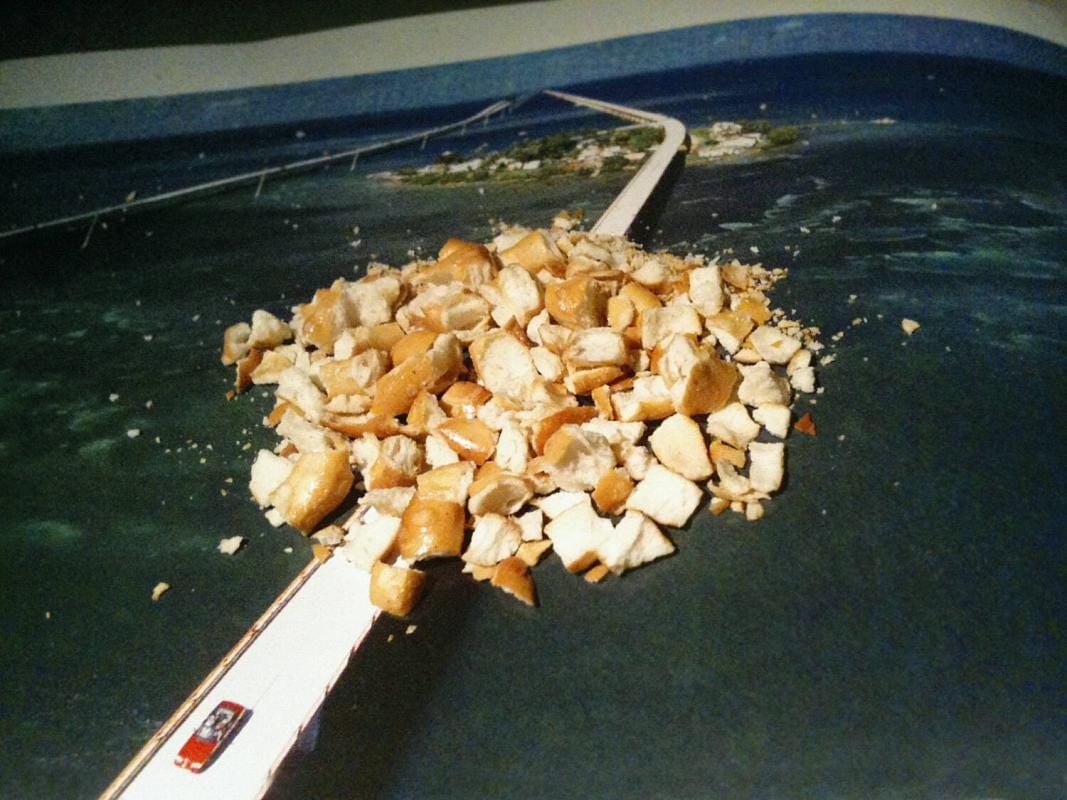
If you’re going for more of an abstract display — as Stella said, interpretive baking projects are just as welcome as literal ones! — this Nina Katchadourian photograph could work if you’re big on making pretzels. The pretzels don’t even have to look that pretty, they’re just gonna get busted up!
Lightening Rod, Mark Goodman, 2014–2017
This tri-color print would be a fun project as a big rectangular sheet cake or with decorated cookies arranged in a grid. Good news if you only have red and blue food coloring in your pantry.
Wooden niche, unknown artist, 19th Century
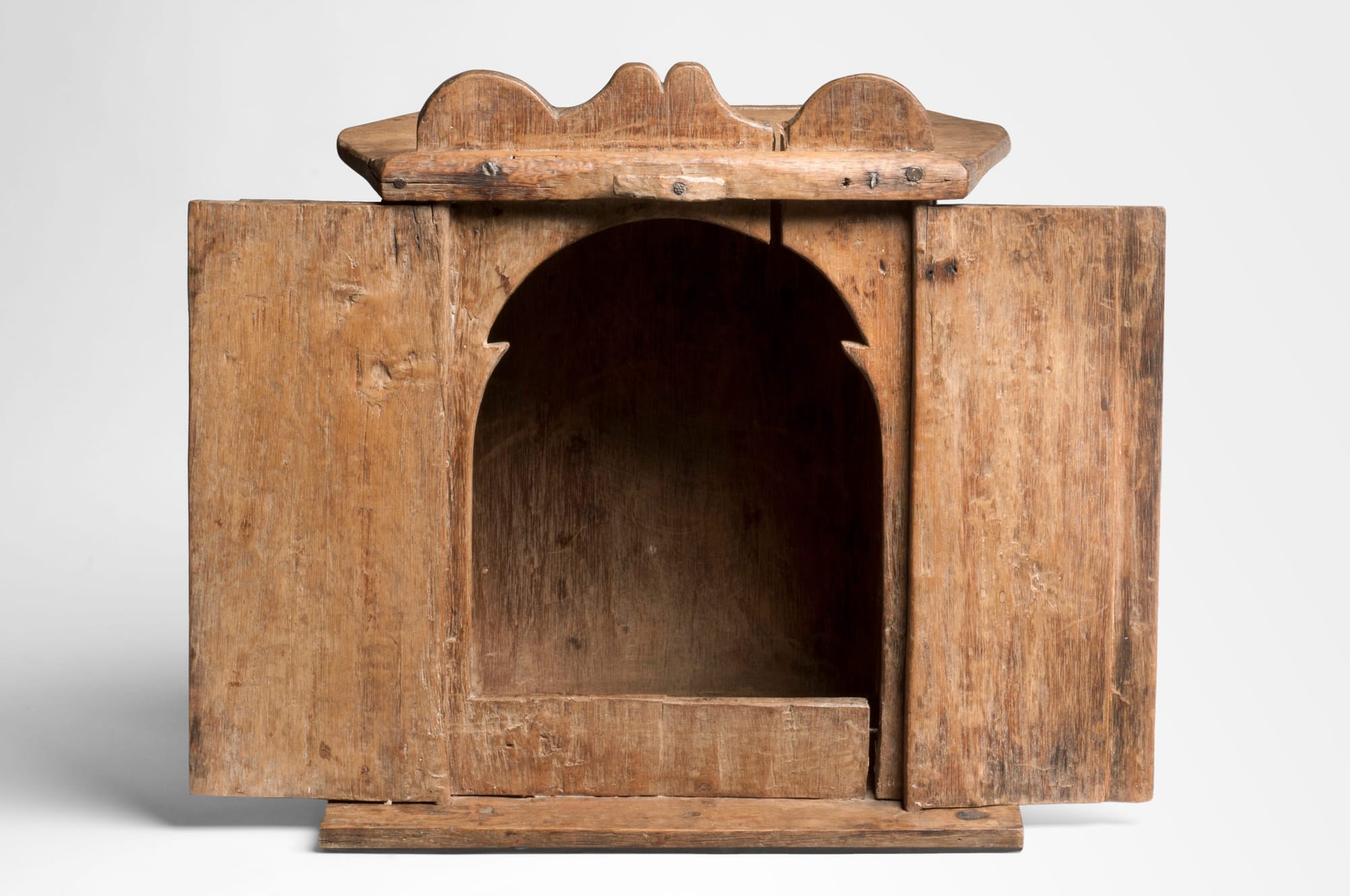
Are you one of those bread people who is excellent at sculpting dead dough into cool and fanciful shapes? Then perhaps you’d like to bake this 19th century wooden niche.
Clytemnestra, Margaret Garrett, 2020
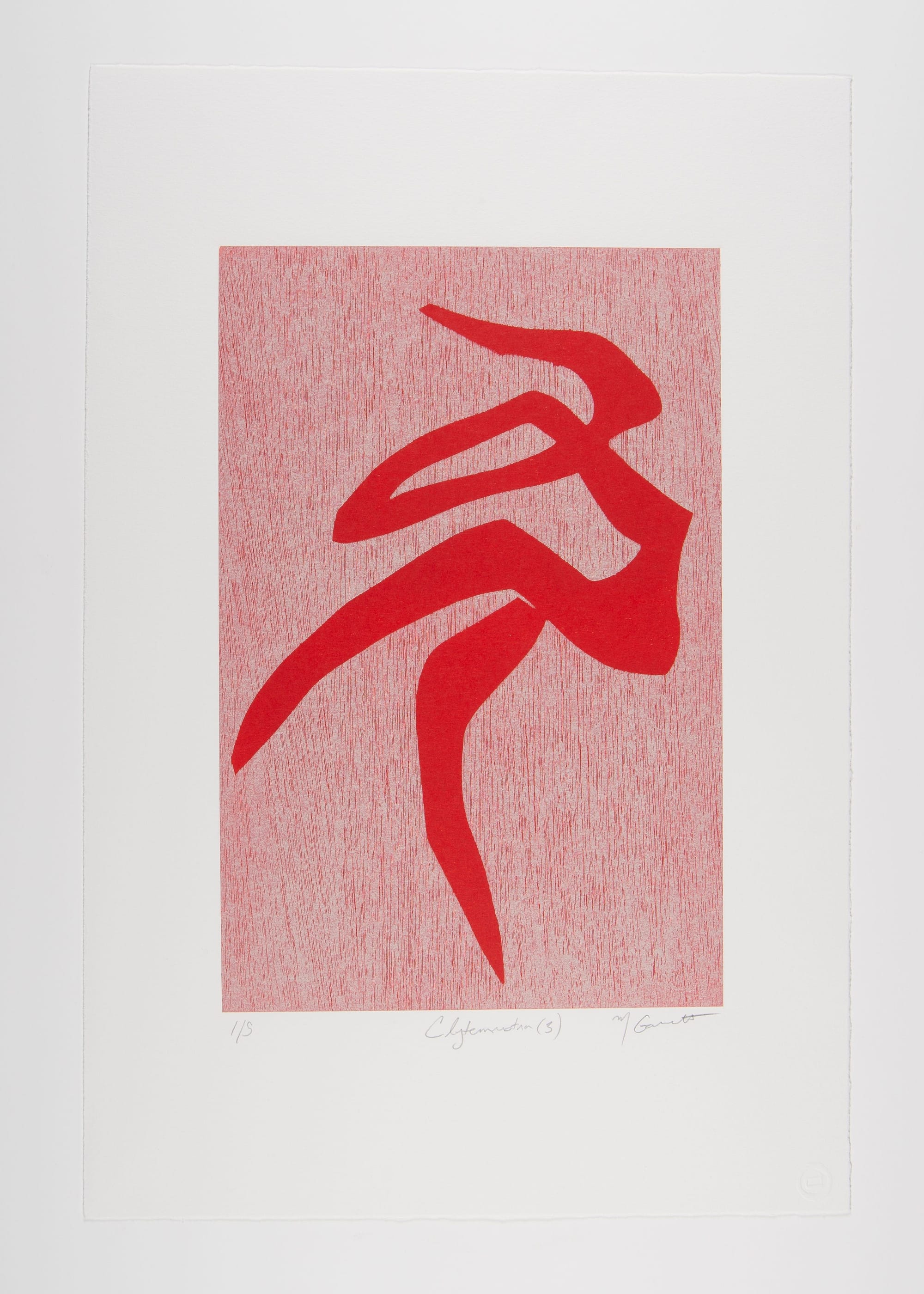
That piping technique that was all the rage last year — the so-called “shag rug” technique — would look great on a cake made to look like Margaret Garrett’s ode to Greek legend Clytemnestra.
Untitled, Joel Shapiro, 1995–1997
Doesn’t this Joel Shapiro bronze-cast sculpture cry out for a structural shortbread treatment?
Luz Divina del Alma, Feliciano Centurión, circa 1996

If you’ve been dying to work on your piping skills, any of Argentinian artist Feliciano Centurión’s embroidered works would translate beautifully to a cool cake or cookie — a real way to show off several technical skills all at once.
Sixteen-block "Pine Burr" variation, Arie Pettway, circa 1980
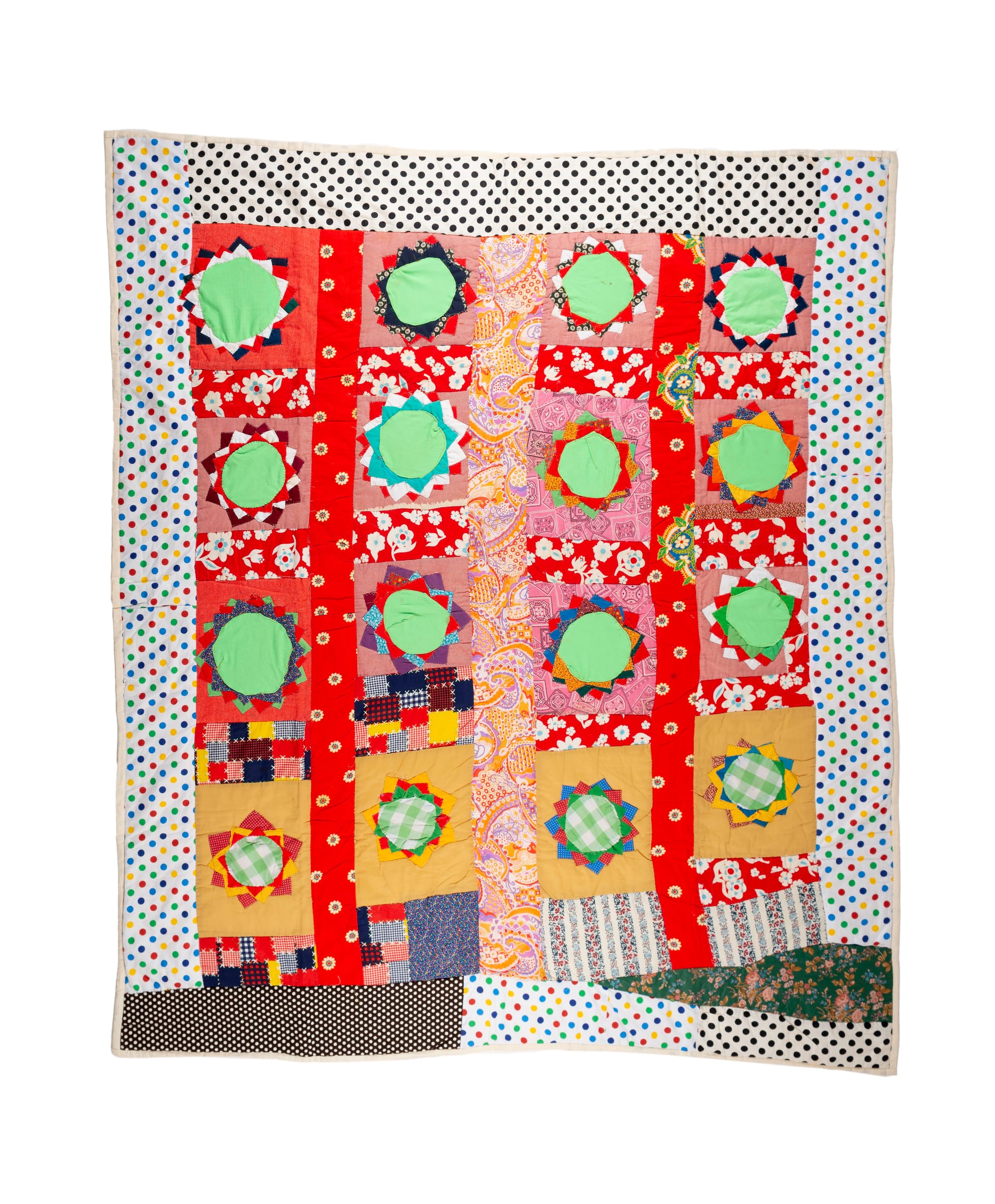
There is nothing quite like the quilts of the Gee’s Bend Quiltmakers in Boykin, Alabama. Perhaps you’d like to pay tribute to this collective of artisan quiltmakers by baking up a vibrant, seasonal focaccia topped with colorful vegetables in the style of this Pine Burr quilt.
Pan Dulce, Sam Z. Coronado, 1988
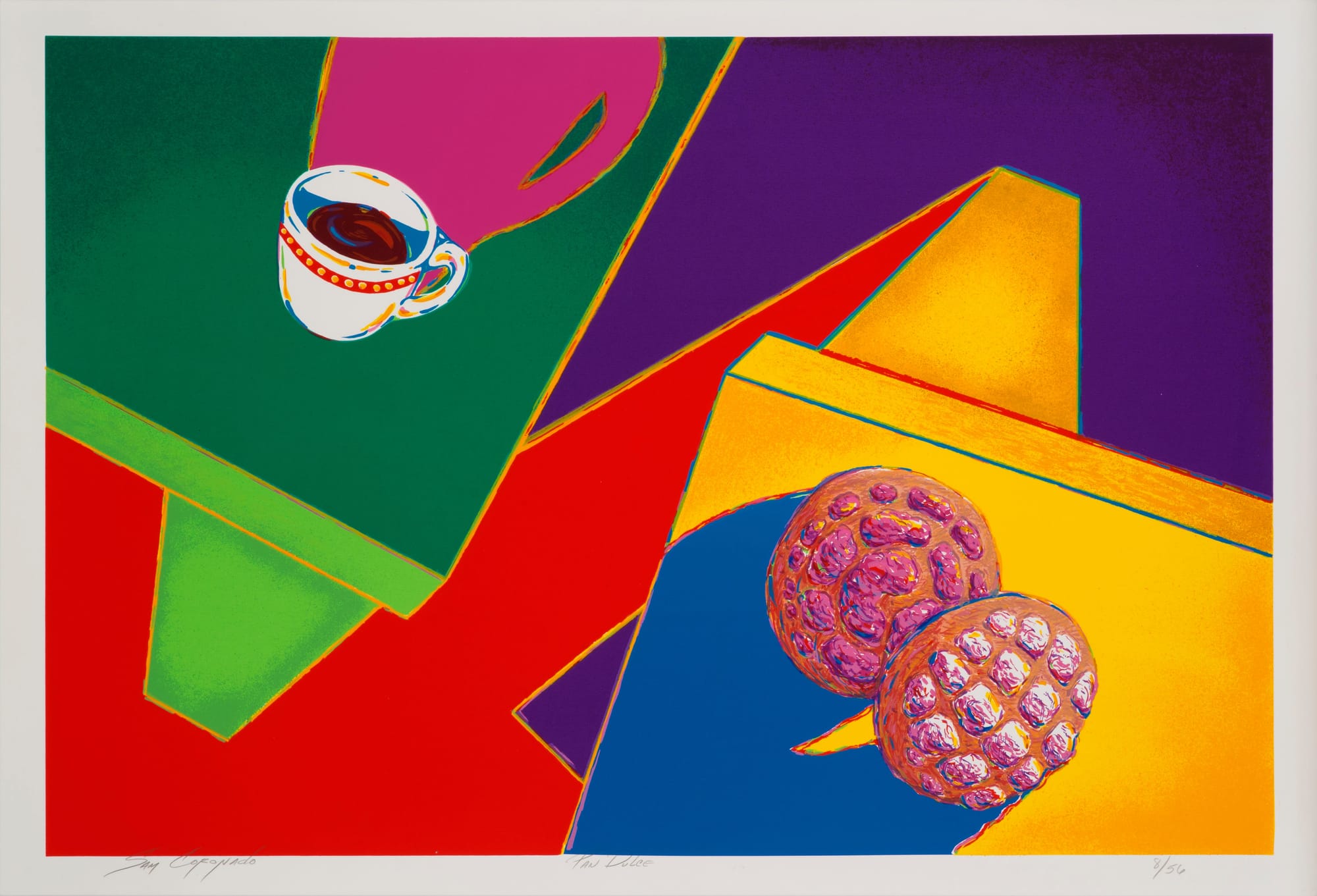
If you’re going for the more literal interpretation of the prompt, Sam Z. Coronado’s geometric print of coffee and pan dulce looks good enough to eat.
Japanese and Italian, Kenji Nakahashi, 1983; printed 1992
Pizza is technically bread, right? Use Kenji Nakahashi’s playful study of contrasts for your bake-off submission.
O pão nosso de cada dia, Anna Bella Geiger, 1978
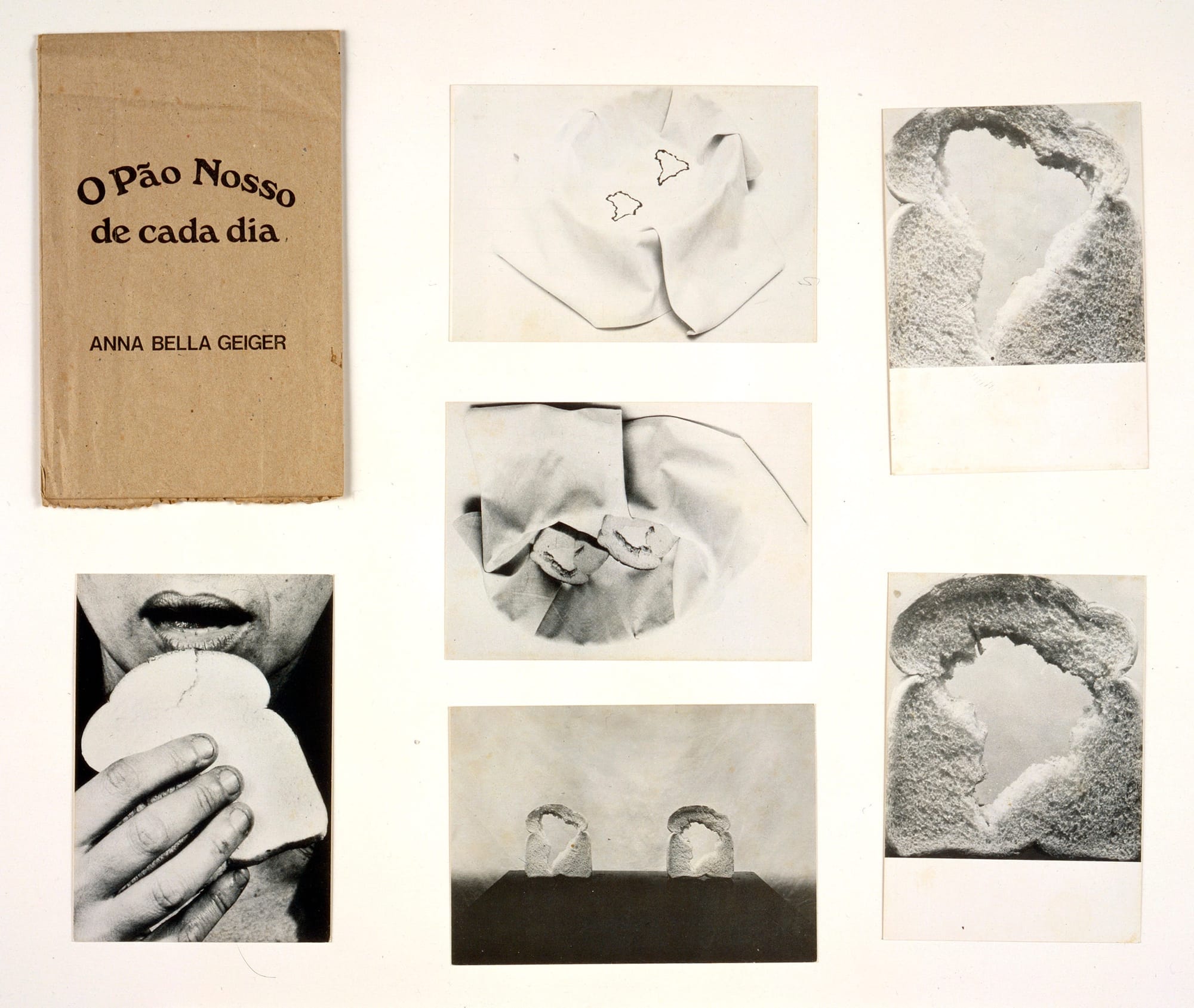
Imitating Anna Bella Geiger’s brilliant “Our Daily Bread” postcards would be a perfect assignment for a person devoted to sandwich bread baking. The challenge? Recreating Geiger’s cut-outs of Brazil and South America.
Dayna Evans is a writer and baker based in Philadelphia. You can see her writing work here and check out her microbakery here.
wordloaf Newsletter
Join the newsletter to receive the latest updates in your inbox.



